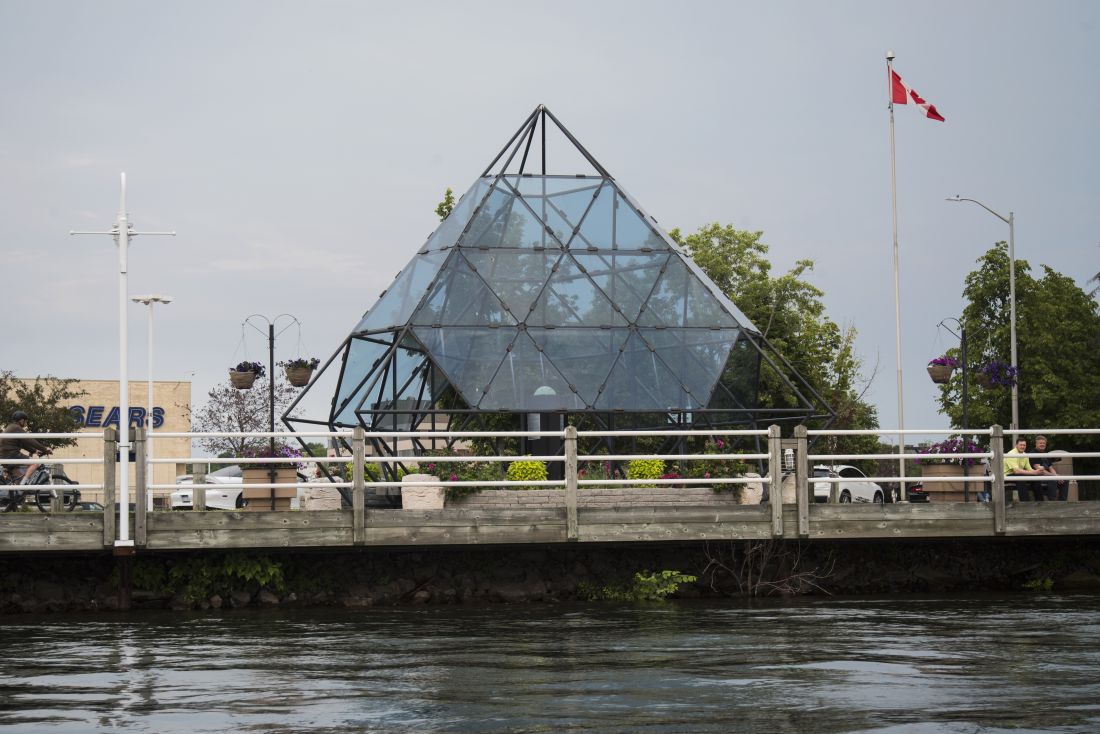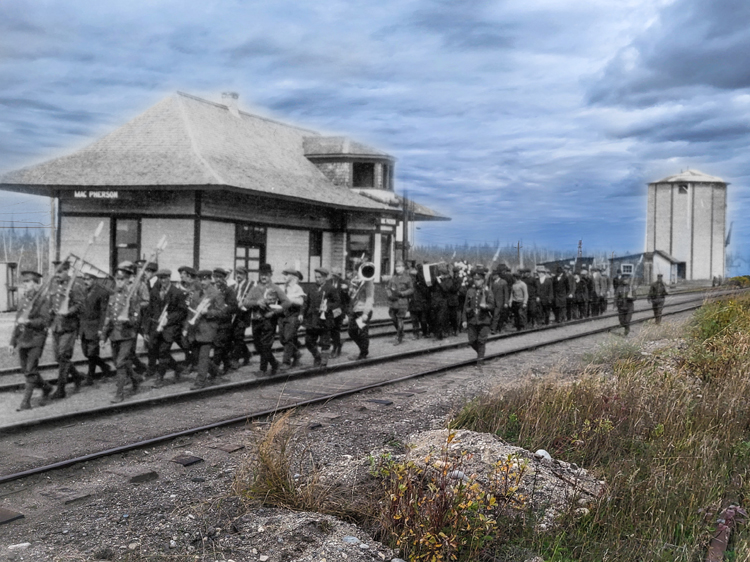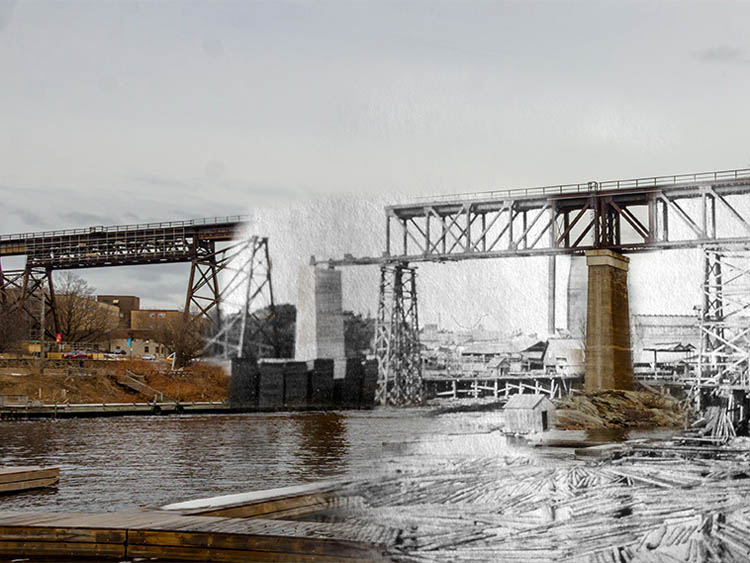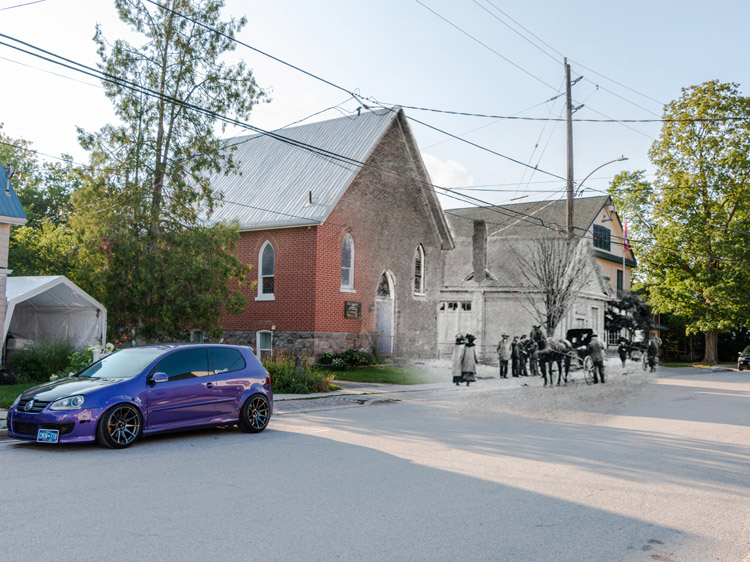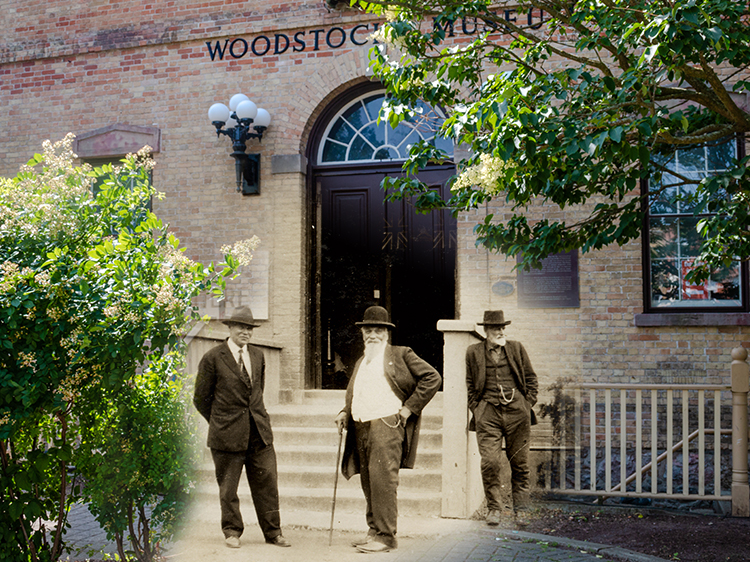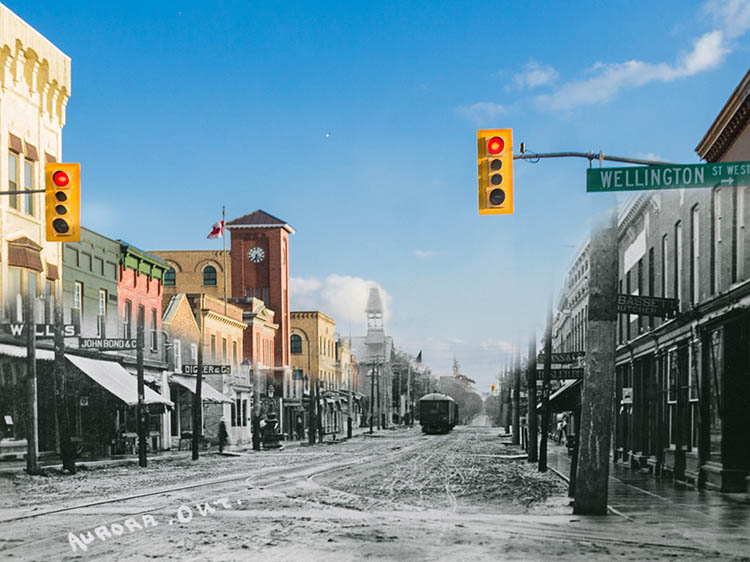Walking Tour
Waterfront Attractions
Walking Sault's Boardwalk

This walking tour showcases some of the exciting attractions to be found along Sault Ste. Marie's waterfront, including historic sites, museums, parks, public art, and much more!
This tour was created by Tourism Sault Ste Marie.
This project is a partnership with the Sault Ste. Marie Downtown Association, the Sault Ste. Marie Museum, and Tourism Sault Ste. Marie.
1. Agawa Canyon Train Tour Station

The start point for a Canadian Signature Experience, the Agawa Canyon Train Tour. A one day excursion through the Canadian Shield.
* * *
2. Sault Ste. Marie Canal National Historic Site

The Sault Ste. Marie Canal, built in 1895, was the world’s longest lock, the first to operate using electricity and the last link in an all-Canadian navigational chain from the Atlantic Ocean to Lake Superior. Today the Canal, used by recreational craft, is a great spot for boat-watching.
3. The Boardwalk
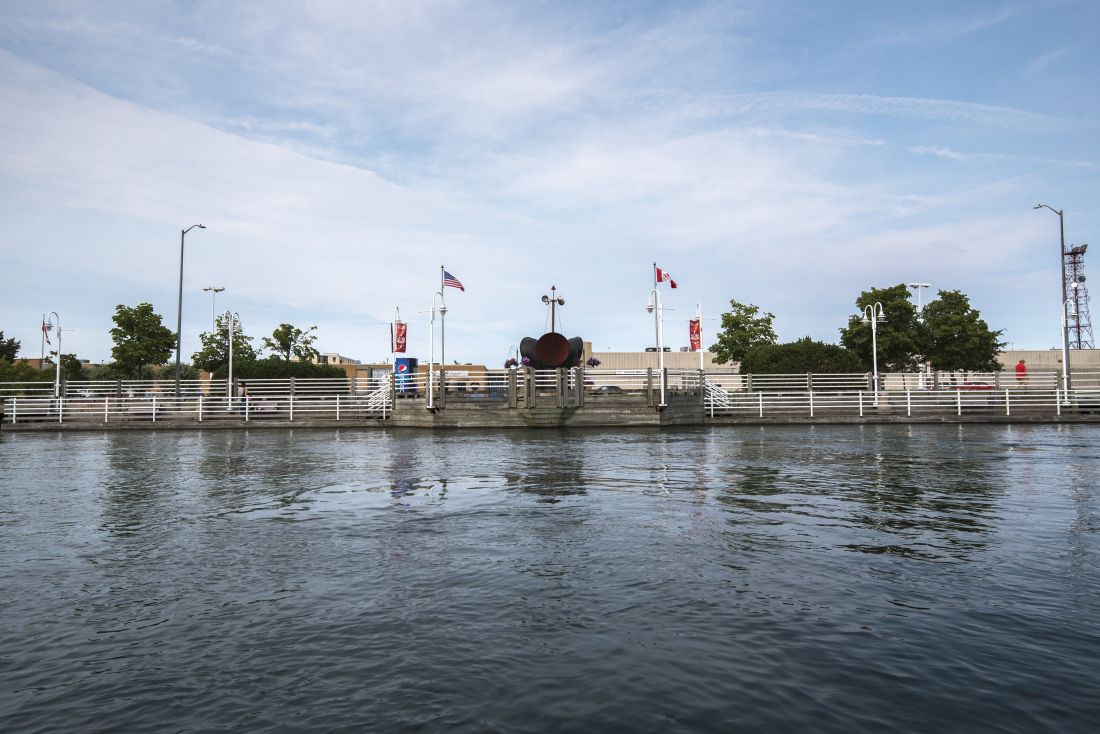
The Sault Ste. Marie Waterfront Boardwalk stretches from approximately 2 km, connecting Mill Square with the Art Gallery of Algoma. It is one of the best spots for fishing within city limits. The boardwalk also includes several public art pieces. This first one are the Chimes, wind chimes fashioned from the horns of the M.S. Chief Wawatam.
5. William Henry Orazietti
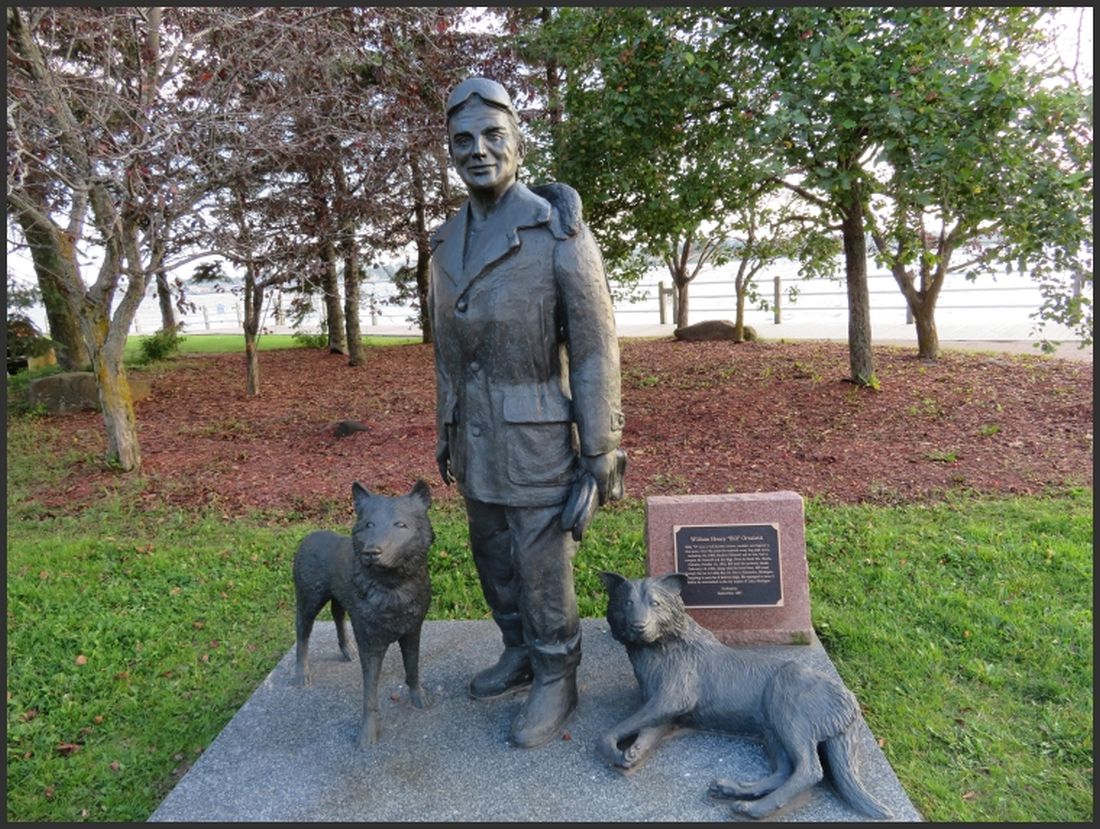
William “Billy” Henry Orazietti and his twin brother Robert (Bobby) were born October 13, 1943 in Sault Ste. Marie, Ontario. Billy played hockey for the Junior Greyhounds. Orazietti was a national-calibre body builder in the early 1960s, becoming Mr. Canada for both the Junior and Senior levels.
* * *
6. Roberta Bondar Park & Marina
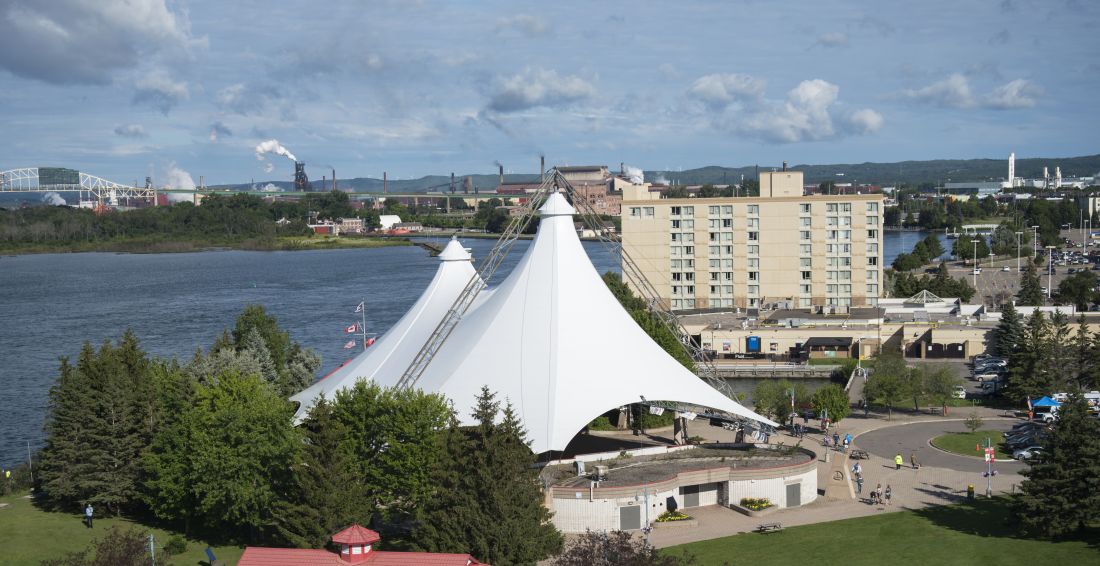
Provides year-round event space for festivals and markets under the large tent, which has become a symbolic landmark. The venue and park, named in honour of Canada’s first female astronaut, Dr. Roberta Bondar.
* * *
7. Algoma’s Friendliest City Arch

The steel arch is one of the most visible ways that the City welcomes visitors. The original Welcome Arch was built in 1938. At the time, this area was the dock for the ferry that transported people between the twin Saults.
* * *
8. Clergue Park/John Rowswell Park

Clergue and John Rowswell Park serves as a social hot spot for activities, arts and festivals year round.
* * *
The Sault Ste. Marie Library was established in 1896. It wasn’t until Canada’s Centennial in 1967, that it was relocated across from Clergue Park and renamed James L. McIntyre Centennial Library after the City’s reigning mayor.
Elsie Savoie Sculpture Park was named after a volunteer and supporter of the Art Gallery of Algoma. There are many steel sculptures located on the grounds encircling the Art Gallery of Algoma.
9. Art Gallery of Algoma
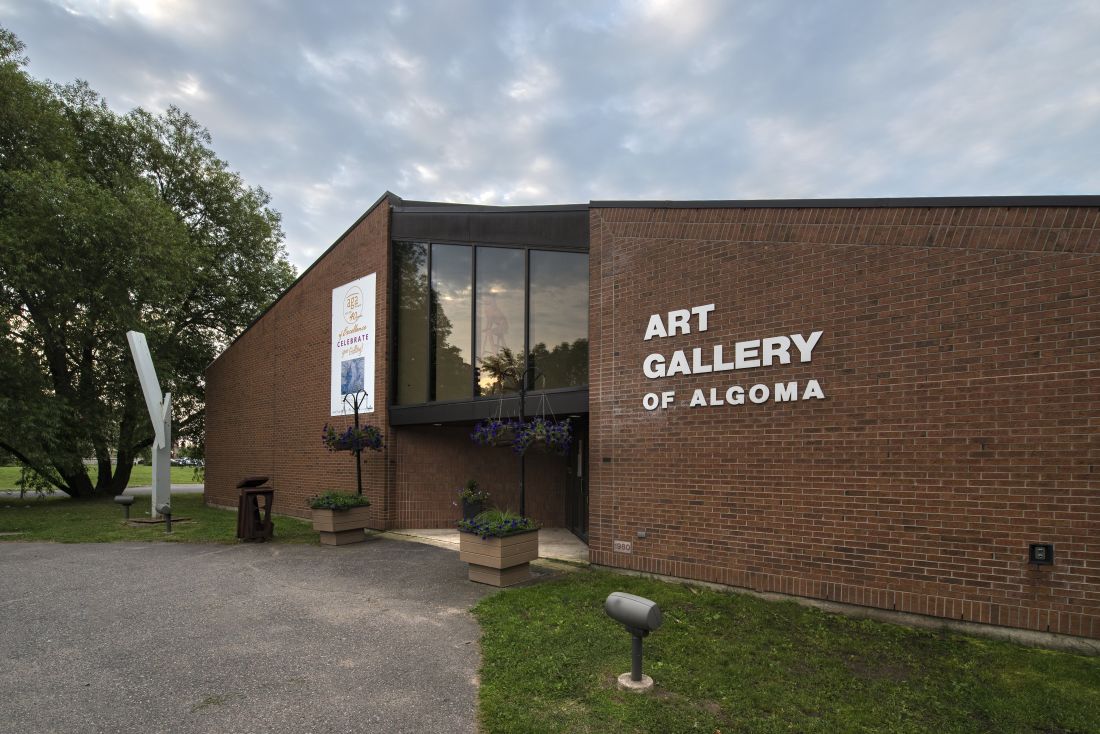
The Art Gallery of Algoma has a collection of over 5000 local, national, and international artworks. The gallery leads a variety of art classes and workshops for adults and children.
* * *
10. Canadian Bushplane Heritage Centre
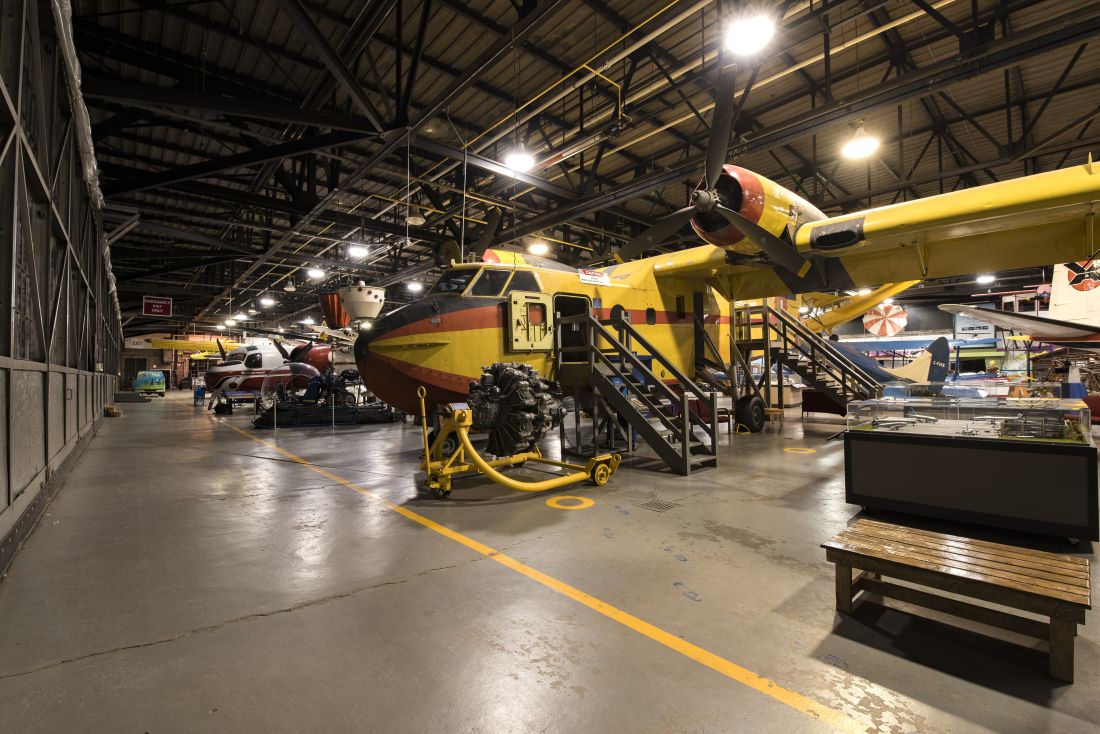
The Canadian Bushplane Heritage Centre a.k.a. Bushplane Museum features Canada’s largest bushplane collection and Forest Fire Education. This waterfront hangar offers more than 62,000 square feet of interactive, hands-on aviation and forest fire exhibits. Visitors can climb aboard the aircraft, take the pilot's seat in a passenger plane's cockpit, and climb into the cargo holds of a real water bomber.
* * *
Entomica: Sault Ste. Marie Insectarium is also located inside the Bushplane Museum. It offers interactive and educational experiences with a variety of insect, arachnid, and other invertebrate species.
11. Ermatinger-Clergue National Historic Site

The Ermatinger-Clergue National Historic Site offers a year-round cultural attraction for residents and visitors to Sault Ste. Marie.
* * *
12. Sault Ste. Marie Museum
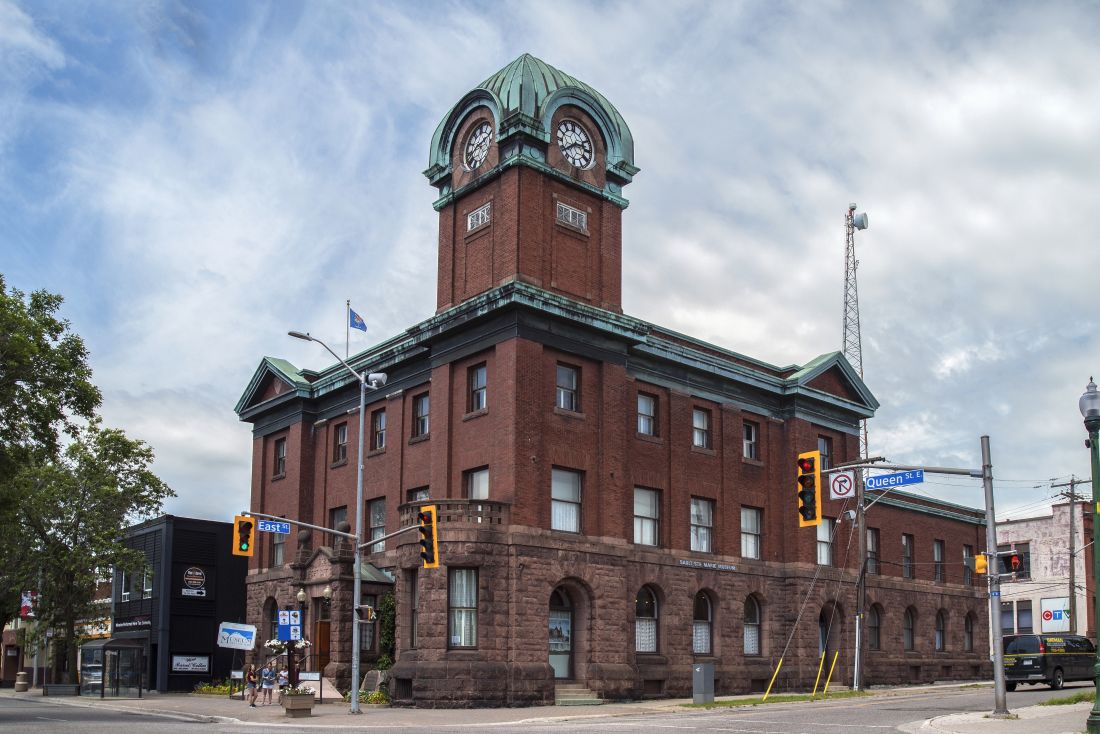
The Sault Ste. Marie museum displays many artifacts and exhibitions that tells the story of our City.
* * *
Not only did it serve as a hub for letters and special packages, but also an office for Customs Agents, Weights & Measures Agents, the Fisheries Officer, Indian Agent and Algonquin Rifles.






